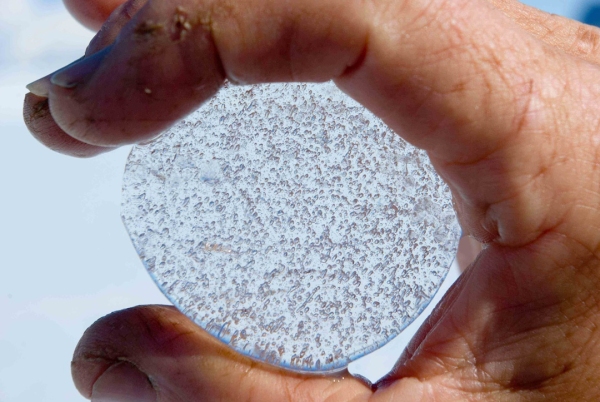On this page:
Often science involves collecting large amounts of data to understand how things change over time. Climate science is no different.
For decades scientists at NIWA have been collecting lots of data to monitor our climate and understand how it’s changing. But how do we do it?
Climate and weather stations
Climate and weather stations are used to record atmospheric and weather conditions like temperature, rainfall, humidity and wind.
By collecting this data over long periods of time, we can understand the climate – the long-term atmospheric trends for a specific location. Read about the difference between weather and climate here.
We can then use this data to understand how our climate is changing, by comparing the climate for one time period against the climate for another time period – for example, Auckland’s climate in the 1920s versus Auckland’s climate in the 2010s.
In New Zealand, NIWA’s seven-station temperature series helps us understand how our national average temperatures have changed over a long period of time. These stations, in seven locations around the country, give us an understanding of temperature trends from these important long-running stations. The stations are in Auckland, Wellington, Masterton, Nelson, Hokitika, Lincoln, and Dunedin, and have been operating since 1909.
As well as these seven stations, NIWA has a network of over 200 weather stations across the country, and shares data with the public through the National Climate Database, MetService and other partners who have at least another 200 stations – together providing extensive coverage of our weather and climate from the mountains to the sea.
Our alpine weather stations are situated in the mountains across New Zealand and also give insights the amount, extent, seasonal nature and long-term change to snow and ice in alpine regions of New Zealand.
Glaciers
Glaciers are large, frozen rivers of ice that react to a changing climate – when the climate is cooling, glaciers may advance downslope as snow and ice accumulates. When the climate is warming, glaciers may ablate (lose volume) and retreat upslope.
Scientists can study these movement of glaciers to understand changes in our climate.
Since 1977, NIWA’s End of Summer Snowline Survey has recorded the movement of New Zealand’s glaciers. Scientists fly in a small plane and photograph the position of glaciers and snowlines. These photographs are used to understand how glaciers and snowlines are shifting. The results of the survey are revealing the long-term retreat of New Zealand’s glaciers.
Understanding the past helps us understand the future
Studying the past climate teaches us more about how the earth’s climate system works. This helps us understand and prepare for the future. Scientists have developed a range of clever methods to study our past climate.
Ice cores
An ice core is a sample of ice taken from a sheet of ice or from a glacier. Scientists use ice cores to understand the temperature at the time snow fell and froze to become ice.
The bubbles trapped in ice cores can be also be analysed to understand the make-up of the atmosphere – for example, how much greenhouse gas was in the atmosphere at the time the snow fell.
Ice cores are particularly helpful because they can tell us about the climate a long, long time ago – depending on far you drill to collect an ice core, the trapped air can be hundreds of thousands of years old.
Tree rings
Because trees can live for hundreds, or even thousands, of years, they can help scientists understand our past climate. Scientists do this by studying growth rings in a tree.
Tree rings can tell us how old a tree is, and sometimes what the climate was like during each year of its life. The width of a tree ring may depend on environmental factors such as temperature, rainfall and soil moisture. Scientists can use this information to reconstruct past climates.
In New Zealand, long-lived and well-preserved kauri trees provide one of the world’s best tree ring archives for understanding our climate going back thousands of years.
Written and oral records
Written and oral records can also be used to understand past climates.
For example, NIWA has been using old records from sailors at sea all over the world, to reconstruct different past climates. This is particularly important in the Southern Hemisphere where there is a lot of ocean with no climate stations in place!
NIWA has also been working with Microsoft to develop Artificial Intelligence to automatically read, recognise and record old weather records digitally. This technology is greatly speeding up the process of converting old hand-written records to files on a computer.

